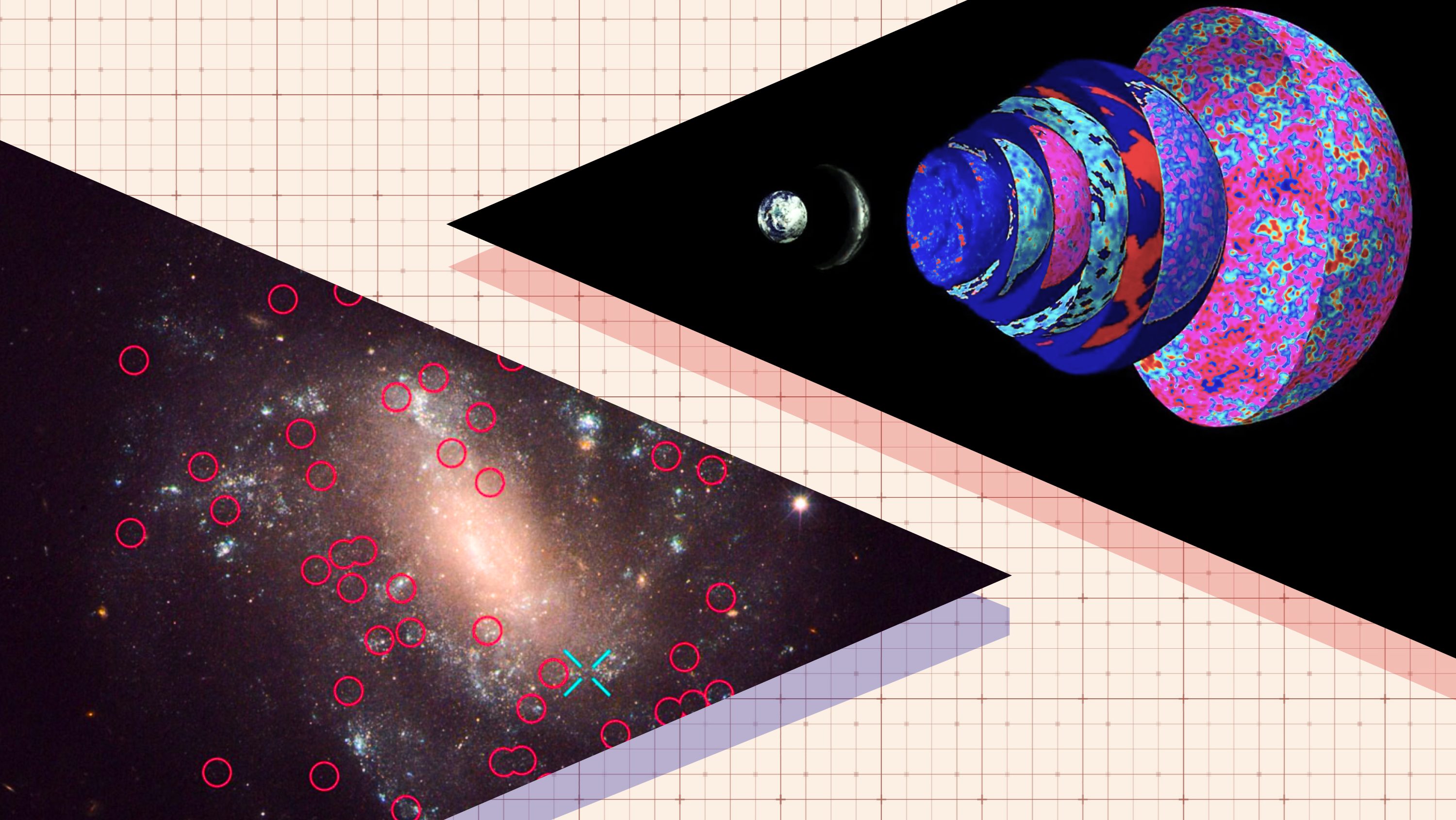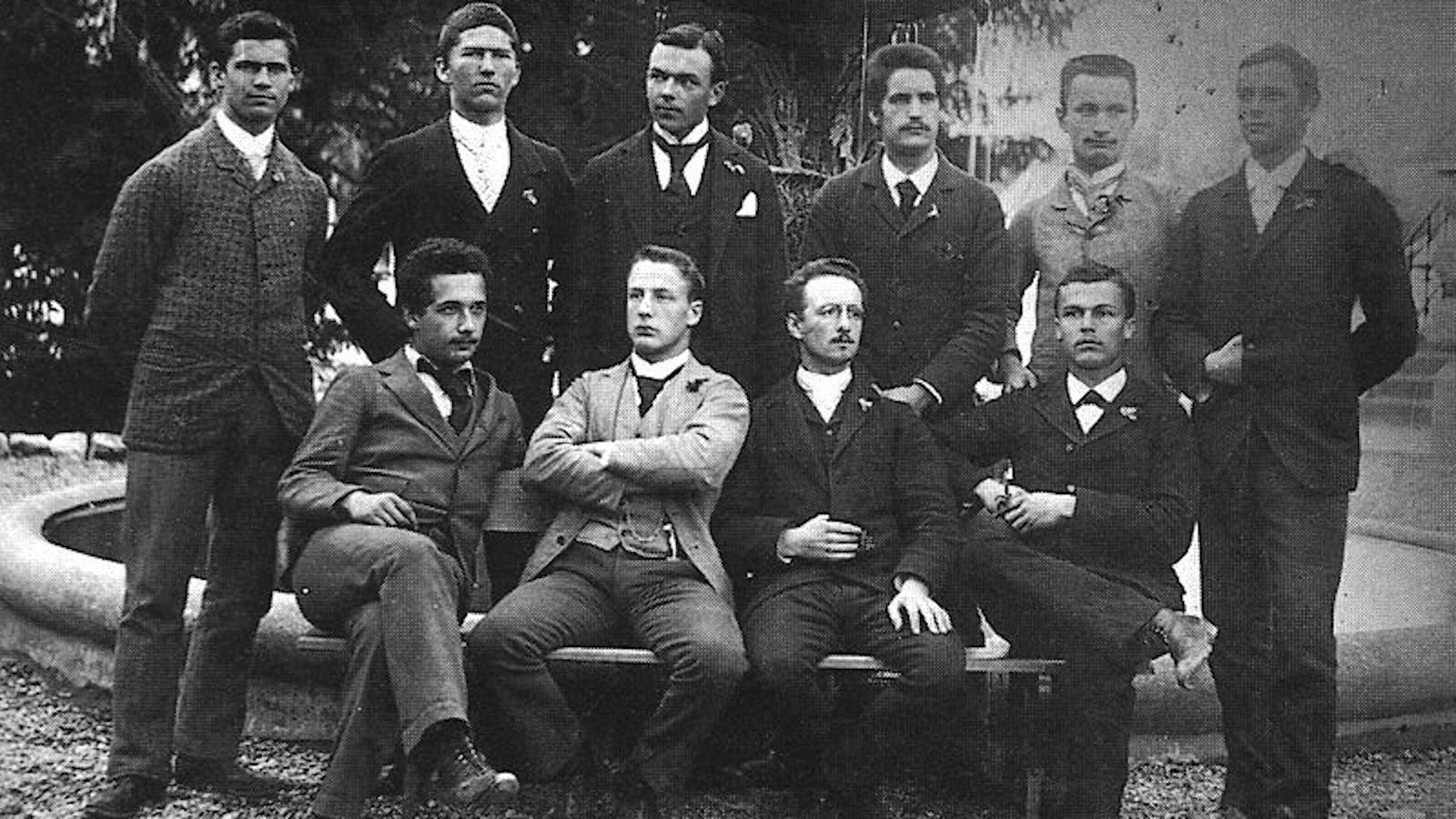Have we found a new way of defining life? This scientist thinks so.
Lee Cronin, the Regius Chair of Chemistry at the University of Glasgow, proposes that Assembly Theory may hold the key to discovering how life began and evolved. His theory introduces three parameters for understanding the transition from nonliving to living entities: the time it takes to make the object, the time it takes for the object to fall apart naturally, and the time the object can persist in living lineages. These parameters help to quantify life by calculating a system’s construction, which measures the extent of selection that has occurred.
In his laboratory, Cronin and his team have used this concept to create an “origin of life machine.” It aims to replicate the conditions that allow life to emerge from nonliving materials. By leveraging these time-based parameters, Cronin and his team are constructing engines designed to perform random chemistry experiments, seeking systems that exhibit these life-like characteristics.
If successful, this research could completely change how we think about where life came from —and its future.
Lee Cronin: The description for life is very confused. You know, does it need a gene, does it need this, does is need that? And if you ask 10 different biologists what life is, you get 1000 different answers. My definition of life is any system that is able to produce complexity at scale, that's it. It's really simple.
So basically you want to have this object, this machine if you like, and it can spit out complex objects, identical numbers of them. And that thing that can do that is living. The way to determine if a system is alive or not is to calculate its Assembly. Assembly, big A, is really how much selection has gone on into this stuff. And the way to do it is to basically look at the stuff, count the number of objects that are identical, and then for each object class, cut them up and get the Assembly Index. And so the Assembly Index times the number of objects, gives you the number and you sum them together and you get this amount of Assembly.
So really this then compresses the definition of life is life does non-random things at scale. If you can measure if something is alive or not, then you can then start to understand the process of giving rise to life. You can find artifacts associated with life and that tells you how evolution is occurring in the universe as a universal phenomena. So how much selection is going on. And I think that's really important if we are to kind of understand the phase transitions that occur between kind of sand, inorganic material and biological material that we are gonna find on Earth and in the solar system and in the universe.
How close am I to creating life? One of the most exciting things about Assembly Theory is not only does it allow us to understand potentially the transition from non-life to life, number one, number two allows us to quantify life. But even more importantly, in a way, it allows us to think about how we can make life in the lab. And because we now understand the three parameters, and those three parameters are all about time, the time to make the object, the time which the object falls apart naturally, if there's no living system, the time for which the object can persist in a living lineage.
Those three times have allowed me and my colleagues to come up with a design to make an origin of life machine. Similar to the kind of predictions that were made by physicists when they were looking for the Higgs boson. What we've said is if we build a selection engine that basically looks for objects that have these three timescale characteristics, then we will have made life.
And so what we've gotta randomly do is keep basically doing random chemistry to look for these things and we now know what they are and we are building engines in my lab. How long is it gonna take to do? I don't know, how much money is it gonna cost? I don't know, how many people need to help me, I don't know. But I don't think it is going to be many decades. I think we are gonna be able to find how selection produces lifelike systems from sand very quickly and is really exciting.






